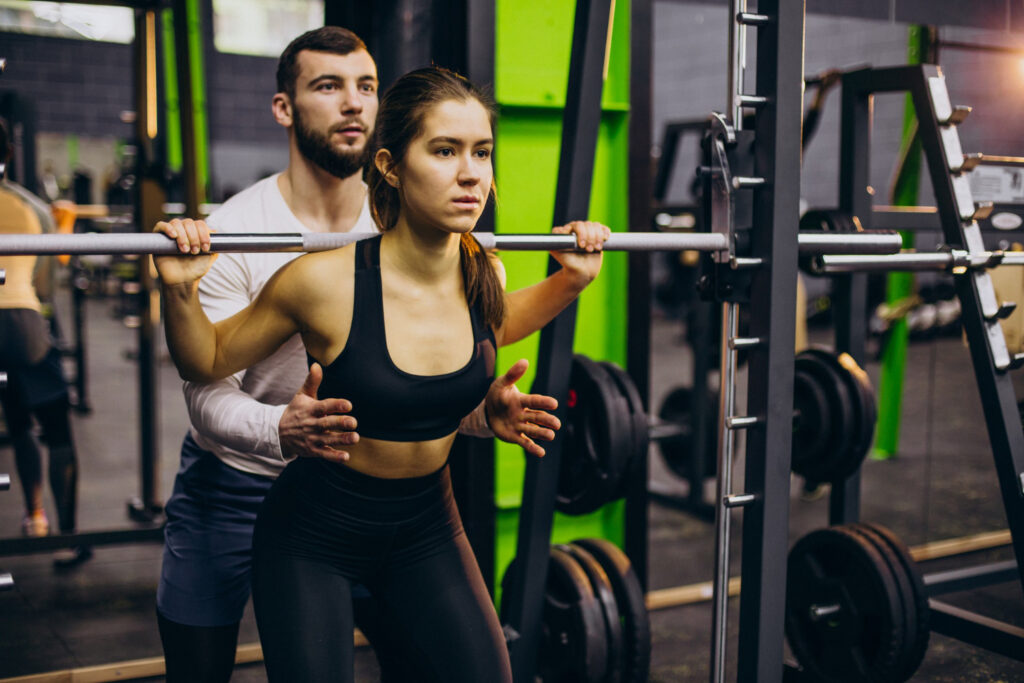
Introduction
Setting up a home gym doesn’t have to be expensive or complicated. Whether you’re looking to save money, maximize space, or ensure you can work out at your convenience, a minimalistic approach to home gym setup can be both effective and efficient. This guide will walk you through the process of creating a functional workout space with limited equipment, helping you achieve your fitness goals without the need for a full-fledged commercial gym.
Assess Your Space and Budget
Before purchasing any equipment, take stock of the space you have available. This will help determine the type and amount of equipment you can realistically fit into your home gym. If you have a spare room or garage, you might have more flexibility in choosing larger equipment. However, if you’re limited to a small apartment or a shared living space, you’ll need to be strategic in your selections.
Budget is another critical factor. Decide how much you’re willing to invest in your home gym. While it can be tempting to splurge on the latest fitness gadgets, remember that effective workouts can be done with just a few key pieces of equipment. Prioritize items that offer versatility and can be used for multiple exercises.
When sourcing equipment, it’s important to choose reliable suppliers. If you’re based in the UAE, researching gym equipment suppliers in UAE can help you find quality gear that suits your needs and budget.
Essential Equipment for a Minimalist Home Gym
To create a functional home gym, focus on equipment that allows you to perform a wide range of exercises. Here are some essential items to consider:
- Resistance Bands: These are incredibly versatile and can use for strength training, stretching, and mobility work. They take up minimal space and are easy to store, making them perfect for any home gym setup.
- Dumbbells or Kettlebells: A small set of dumbbells or a pair of kettlebells can provide endless workout options. They’re ideal for strength training and can use for a variety of exercises targeting different muscle groups.
- Yoga Mat: A good-quality yoga mat is essential for floor exercises, stretching, and even strength workouts. It provides cushioning and stability, which is crucial for performing exercises safely.
- Pull-Up Bar: If you have a doorway or a suitable wall, a pull-up bar is an excellent addition to your home gym. It’s perfect for upper body workouts and can use for pull-ups, chin-ups, and hanging leg raises.
- Stability Ball: This piece of equipment is great for core workouts and can also be used to add variety to your strength training routines.
Maximizing Space and Functionality
When space is limited, it’s essential to keep your home gym organized and clutter-free. Here are some tips to make the most out of your space:
- Use Vertical Space: Wall-mounted racks or shelves can use to store equipment like resistance bands, mats, and small weights. This helps keep the floor clear and ensures that your equipment is easily accessible.
- Opt for Foldable Equipment: If you’re working with extremely limited space, consider investing in foldable equipment, such as a collapsible bench or a foldable treadmill. These items can store away when not in use, freeing up space for other activities.
- Multi-Functional Furniture: Some pieces of furniture can double as gym equipment. For example, a sturdy coffee table or bench can use for step-ups or tricep dips. This allows you to integrate your workout space with your living area seamlessly.
- Keep It Simple: Avoid the temptation to buy unnecessary gadgets. Stick to the basics, and focus on equipment that will give you the most bang for your buck. The fewer items you have, the easier it will be to keep your gym area tidy and organized.
Creating a Workout Plan
With your equipment in place, the next step is to create a workout plan that aligns with your fitness goals. A well-rounded program should include exercises that target all major muscle groups and incorporate both strength training and cardio.
- Strength Training: Use your dumbbells, kettlebells, or resistance bands to perform exercises like squats, lunges, deadlifts, presses, and rows. Aim to work each major muscle group at least twice a week.
- Cardio: If space allows, consider adding a jump rope or a small cardio machine like a stationary bike or a compact treadmill. Alternatively, you can perform bodyweight exercises like jumping jacks, burpees, or mountain climbers for a cardio workout.
- Flexibility and Mobility: Incorporate stretching and mobility work into your routine to improve flexibility and prevent injuries. Use your yoga mat and resistance bands to perform stretches and mobility exercises after each workout.
Conclusion
Setting up a home gym with minimal equipment is entirely achievable with careful planning and smart choices. By focusing on versatile equipment, maximizing your space, and sticking to a well-rounded workout plan, you can create a home gym that meets your fitness needs without overwhelming your budget or living space. Whether you’re just starting your fitness journey or looking to supplement your regular gym routine, a minimalist home gym can provide everything you need to stay active and healthy right from the comfort of your home.

0 Comments